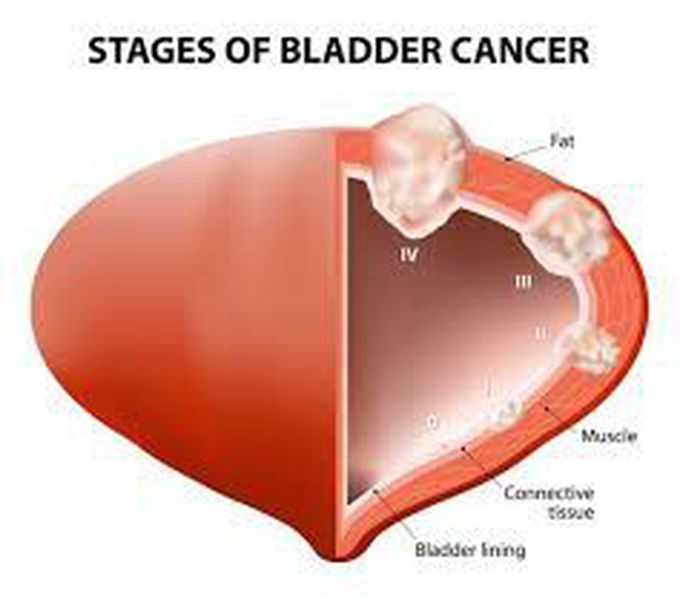


Bladder cancer
In cases of non-muscle-invasive bladder cancer, it's usually possible to remove the cancerous cells while leaving the rest of the bladder intact. This is done using a surgical technique called transurethral resection of a bladder tumour (TURBT). This is followed by a dose of chemotherapy medication directly into the bladder, to reduce the risk of the cancer returning. In cases with a higher risk of recurrence, a medication known as Bacillus Calmette-Guérin (BCG) may be injected into the bladder to reduce the risk of the cancer returning. Treatment for high-risk non-muscle-invasive bladder cancer, or muscle-invasive bladder cancer may involve surgically removing the bladder in an operation known as a cystectomy. When the bladder is removed, you'll need another way of collecting your urine. Possible options include making an opening in the abdomen so urine can be passed into an external bag, or constructing a new bladder out of a section of bowel. This will be done at the same time as a cystectomy. If it's possible to avoid removing the bladder, or if surgery is not suitable, a course of radiotherapy and chemotherapy may be recommended. Chemotherapy may sometimes be used on its own before surgery or before being combined with radiotherapy. After treatment for all types of bladder cancer, you'll have regular follow-up tests to check for signs of recurrence.

